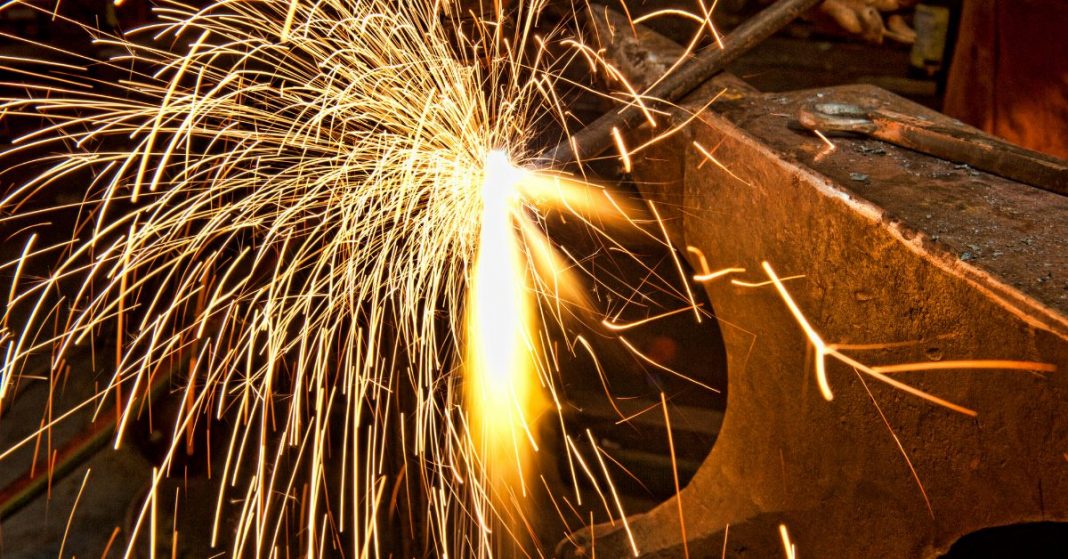We might not realize it in our day-to-day life, but the metal fabrication industry affects us in more ways that we can imagine. Most structures that incorporate the use of metals have to resort to fabrication to achieve the desired end result. Fabrication of metals is defined as, the process of bending, cutting, and assembling metal structures from various metal parts and pieces. As you can imagine, fabrication is the job of a skilled technician.
During this procedure, the metal is cut to size using either manual or mechanized techniques such as sawing, shearing, and chiseling. In recent times, time-saving methods such as lasers, water jets or torches have gained popularity because they can be computer controlled. This rather complex process often starts with a humble sheet of metal; thus, this process is also often referred to as sheet metal fabrication.
With cutting accomplished, the next step would be to bend the metal into different shapes. This is usually carried out through press brakes or via hammering. This again, could be a manual or automated process. Press brakes clamp the sheet of metal using punches and dies.
Metals are often also fabricated using a special process called stamping. This technique is best suited for producing large quantities of the same part. It begins with a stamp or mold being created, which is subsequently used in a stamping machine to stamp the parts out of a piece of sheet metal (in layman’s terms, it can be compared to a cookie cutter that cuts cookies from rolled dough).
Stamping might initially require a considerable investment in building the mold. However, once the mold is built, economies of scale come into play as the cost per part is rather low. Stamping is often used for items such as vents, panels, hinges, and much more.
There are numerous metals that are used in fabrication with steel being the most common one. Carbon is a common alloying element because it costs less and adds desirable traits to the metal such as increased strength, malleability, and hardness. This, of course, would depend on the amount of carbon added. However, one drawback of carbon is its susceptibility to corrosion. In such a case, coating or painting the item offers enhanced protection. Alternatively, the process of stainless-steel fabrication can be employed for great results. If you need parts that show better endurance to corrosion, then stainless steel fabrication is recommended.
Though the metal fabrication industry is rapidly growing, it’s important select a reputable fabricator who can recommend the best metal, and offer practical designs and reasonable manufacturing facilities.

